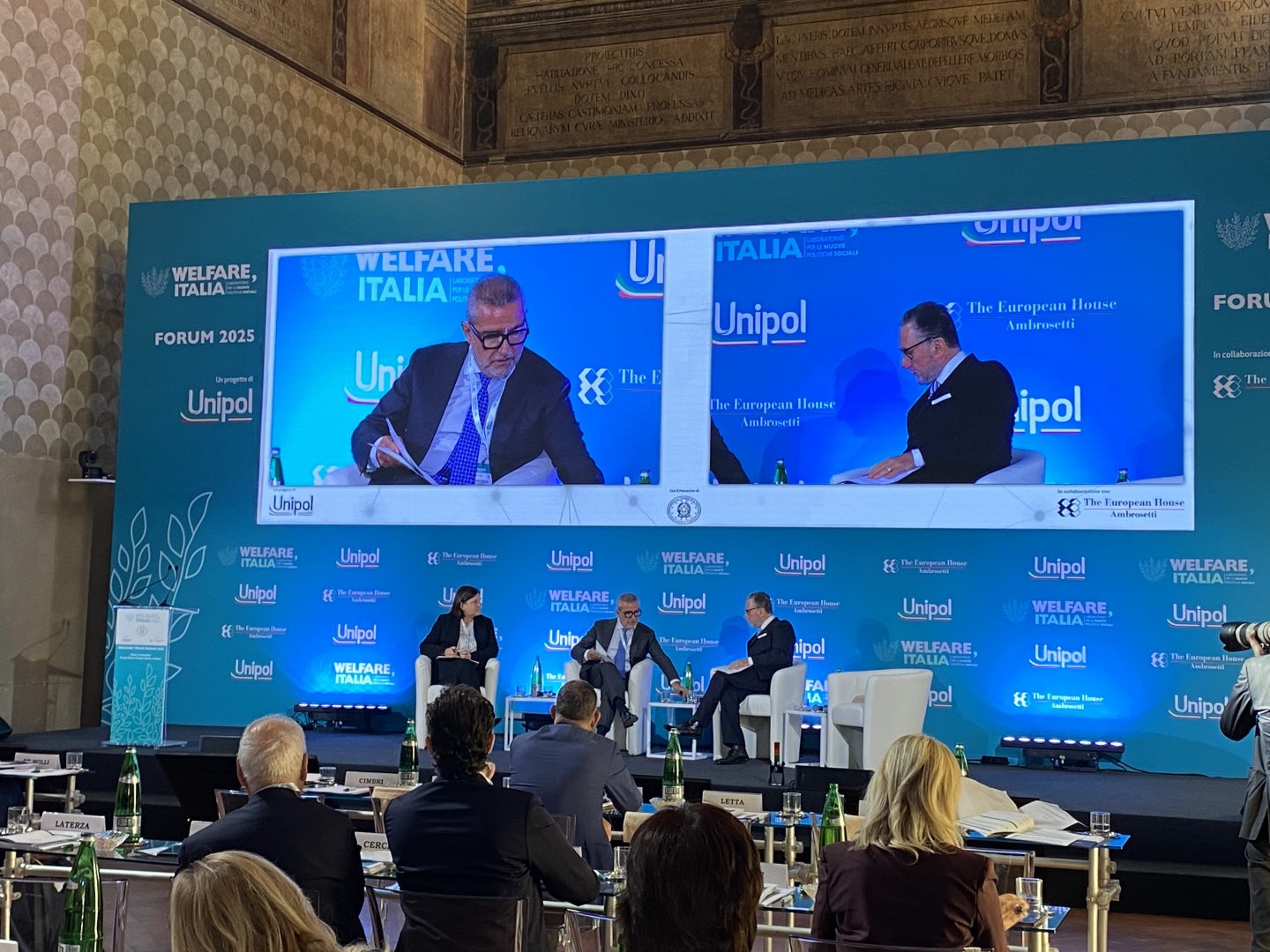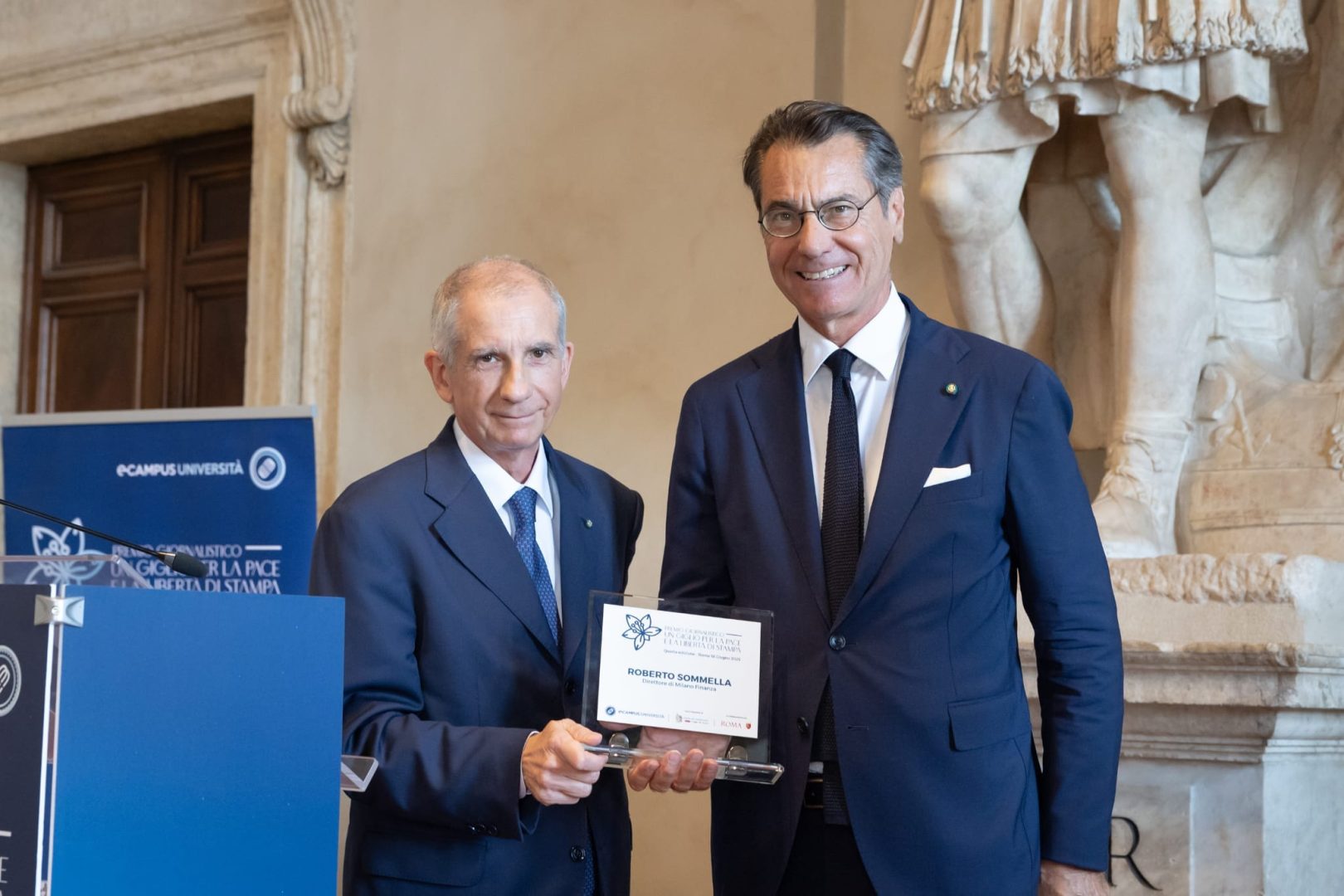ROMA (ITALPRESS) – In 2024 the welfare, in its four components health, social policies, security and education, absorbed 669.2 billion, equal to 60.4% of public expenditure. This is what emerges from the Report 2025 of the Think Tank “Welfare, Italy”, an initiative promoted by Unipol in collaboration with Teha Group. Within the perimeter, the pension weighs 16% of GDP, against an average of 12.3% Eurozone; On the contrary, education (3.9% of GDP) and social policies (4.9% of GDP) remain under the European average. This configuration confirms the need to rebalance jobs towards enabling factors of growth – school and skills, active social policies, health and prevention – to strengthen productivity and welfare of the community. The report also highlights that all expenditure components have grown over the period 2019-2025: social policies (+35.2%), pension (+25.3%), health (+24.8%) and education (+21.1%). The Def 2025 forecasts indicate further increases in the short term, recognizing the urgency of relocation to investments “high social multiplier”.
After more than a century of growth, the Italian population has declined since 2014: -0.4% is the average annual rate (2014-2024). In 2024 a new historical minimum of births (370 thousand), with a natural balance of -281 thousand. Demographic projections indicate that, in the median scenario of Istat, the population will fall to 54.8 million in 2050 and 46.1 million in 2080, with the incidence of over-65 rising to 34.9% to 2050. This means lower contributions and higher demand for social and health services: a further reason to invest in Human Capital as an axis of sustainability. In 2024, 23.1% of the Italian population is at risk of poverty or social exclusion, one of the highest values in EU-27. The national data hides significant heterogeneity: regions with performance close to the best European standards live with areas where the vulnerable population share is significantly higher. These asymmetries reduce social mobility and stop the full valorisation of the human capital of the country, strengthening the urgency of a national strategy that puts people at the centre.
The 2025 report dedicates its focus to the Italian strategy for human capital, recognizing that the sustainability of welfare not only depends on financial resources, but on the ability to generate and value skills, productivity and participation. Human capital is at the same time input of the economic system – through work, knowledge and innovation – and final beneficiaries of welfare, as a citizen, worker, student or pensioner. Education expenditure in Italy is 3.9%% of GDP (under the Eurozone average of 4.6%), with a student expenditure lower than that of the main European countries. School dispersion (9.8% of 18-24 year olds, over 400 thousand young people) and a share of 25-34 years still low (31.6% vs a European percentage of 44.1%). The report stresses up-to-date training methods (also with AI-learning), external quality assessment, re-functionalization of school infrastructure (extended openings, community services) and a more effective orientation in transitions.
In parallel, it promotes life-long learning and skills certification to align profiles and requirements. Youth unemployment is 19.3%; female employment in Italy (equal to 57.4%) remains under the EU average of over 13 points (70.8%); the country records an escape of graduates (more than 49 thousand in 2024) with an estimated cost 6.9 billion a year. It is necessary to act on youth, women and senior employment, reduction of pay gaps, quality of work and organizational well-being, to transform education and skills into effective participation and productivity. Attraction and retention of skills. Italy is among the EU countries with less ability to attract foreign university students and has limited quotas of high-quality immigrant workers. Targeted incentives, internationalization of universities and research, competitive career paths and enabling conditions to retain and attract high-value human capital. Prevention is a crucial lever for welfare sustainability: reduces systemic costs, improves health outcomes and allows people to fully express their potential throughout the lifetime.
International evidence estimates up to 14 euro return for each euro invested in preventive health. Despite this, in 2024 only 5.6% of public health expenditure was intended for prevention (7.7 billion out of 137.4). The report calls for increased screening, vaccination, timely access to innovative therapies, developing active aging paths and encouraging organizational and technological models that support the continuity of care. The active impact with the Italian Human Capital Strategy: +2.8 million occupied and up to +226 billion GDP (+10.6%) According to the estimates of the Think Tank, aligning Italy to European benchmarks on youth, women, foreigners, participation 60-69enni, you can activate an employment increase of approximately 2.8 million units and a growth of the GDP up to 226 billion, pairs to +10.6% regarding current levels. The goal is a sustainable, inclusive and fair welfare, based on human capital and prevention, able to combine economic growth and social cohesion and support the long-term competitiveness of the country.
– photo xc3/Italpress –
(ITALPRESS).






